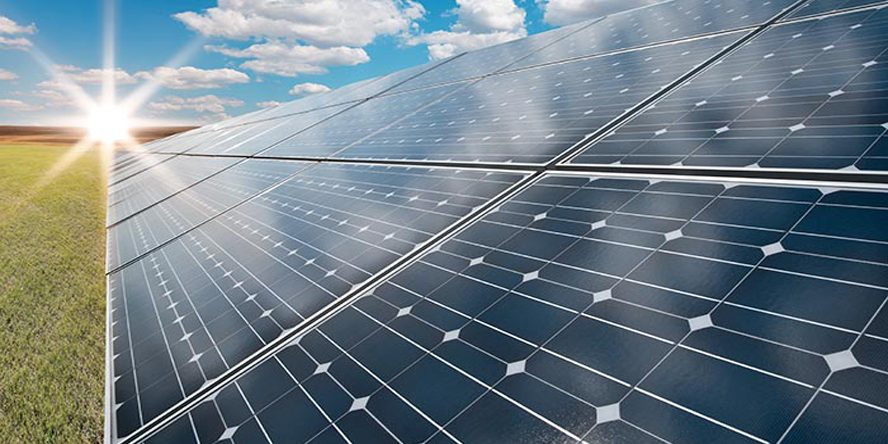As solar energy continues to rise as a leading renewable power source, one technology often sparks debate: solar trackers. These dynamic systems adjust the position of solar panels throughout the day to follow the sun’s movement. But the big question remains — Are solar trackers really worth the investment?
As solar energy continues to rise as a leading renewable power source, one technology often sparks debate: solar trackers. These dynamic systems adjust the position of solar panels throughout the day to follow the sun’s movement. But the big question remains — Are solar trackers really worth the investment?
A solar tracker is a device that orients solar panels toward the sun to maximize energy capture. Unlike fixed-tilt systems that stay stationary, trackers move panels along one or two axes:
Trackers can boost solar output by 10% to 30% compared to fixed systems—especially valuable in areas with high sun exposure.
Although trackers are more expensive upfront, the extra energy they generate can translate into higher returns in the long run.
You can get more energy with fewer panels, which is useful if land is limited or expensive.
In large-scale solar farms, where maximizing yield is critical, solar trackers are often a no-brainer.
Trackers can increase the system cost by 20–35% depending on the type and scale.
With moving parts and motors, solar trackers require regular maintenance and are more prone to mechanical issues.
In areas with frequent cloud cover or at high latitudes, the benefits of tracking may not justify the cost.
Compared to fixed panels, trackers need precise alignment and stronger foundations.
You should consider solar trackers if:
✅ You’re building a large-scale solar farm
✅ You live in a region with consistent direct sunlight
✅ You want to maximize energy output per panel
✅ You're open to long-term gains over short-term savings
You might skip them if:
🚫 You’re installing a small residential system
🚫 Your budget is tight and ROI is a concern
🚫Your area sees low sunlight or heavy shading

Solar trackers are absolutely worth it — for the right use case. If your goal is to squeeze every drop of energy from the sun and you're prepared for the added costs and complexity, they can provide a strong long-term return on investment.